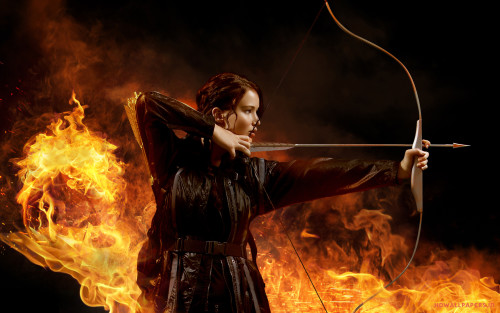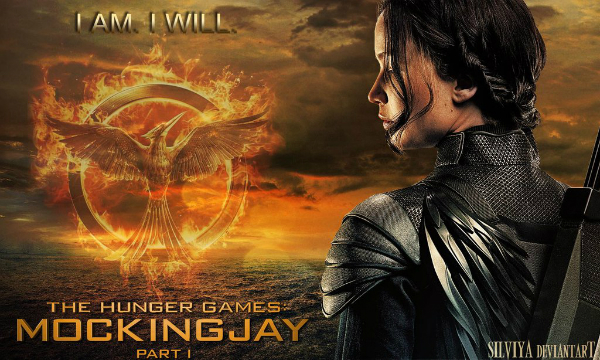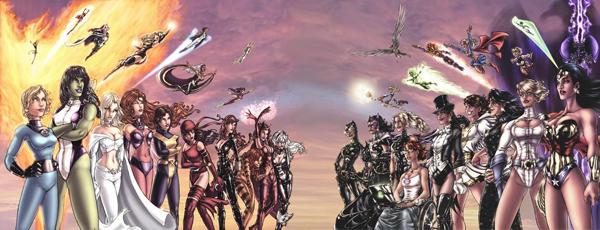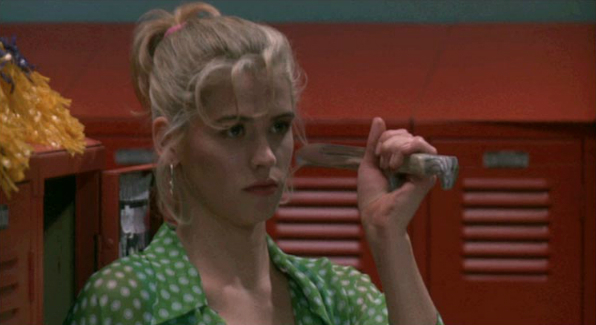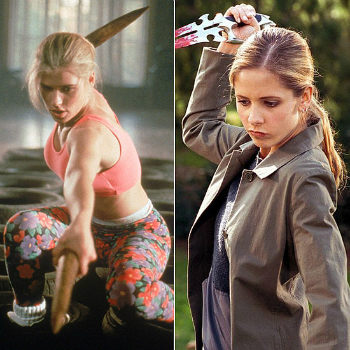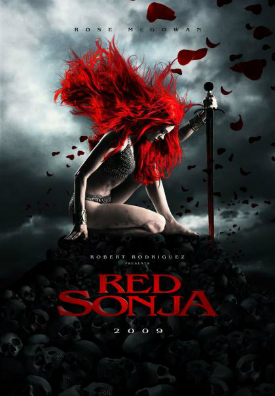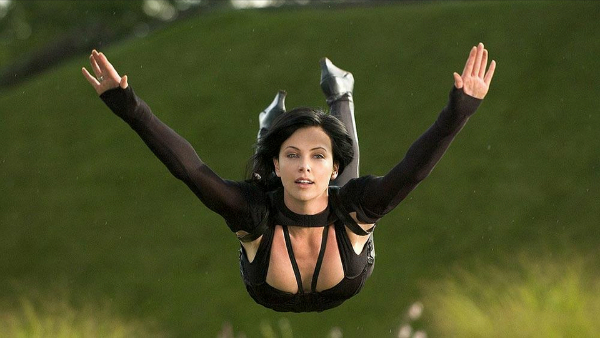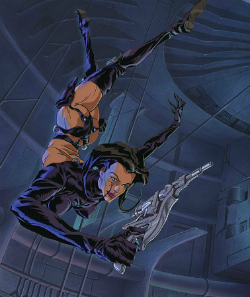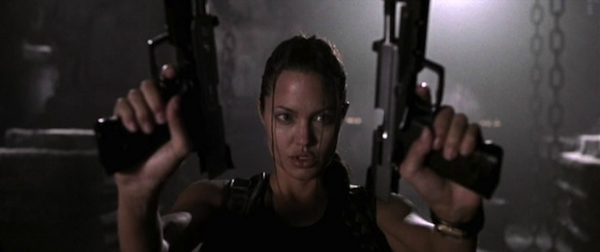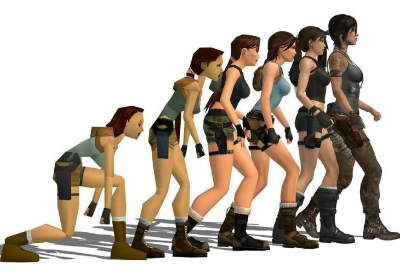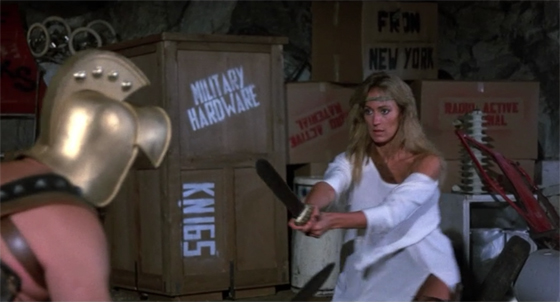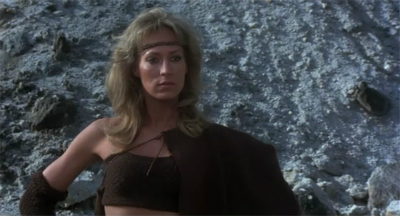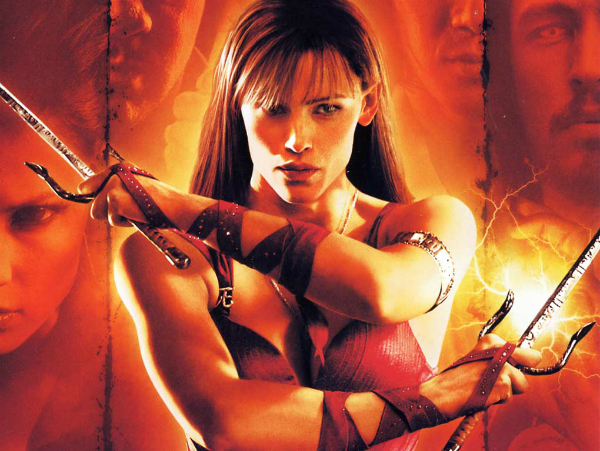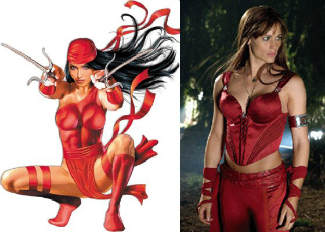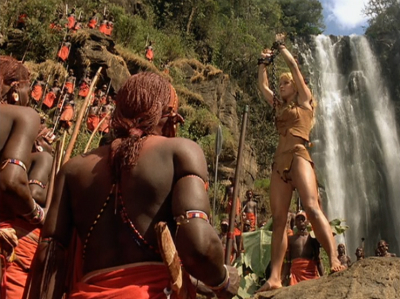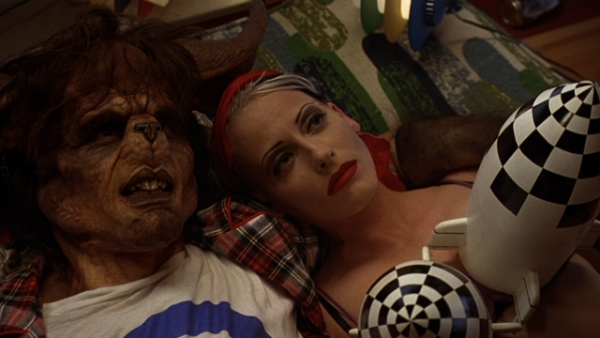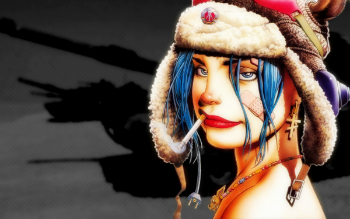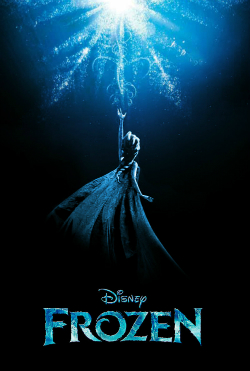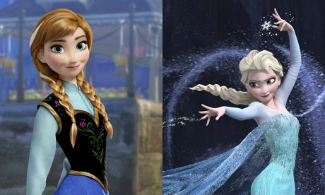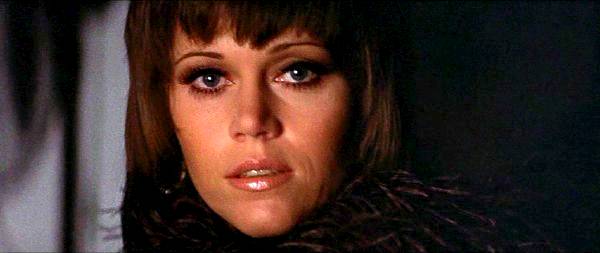This guest post by Rowan Ellis appears as part of our theme week on Dystopias.
Dystopian narratives can generally be described as “An imaginary place where people lead dehumanised and often fearful lives,” which is accurate, but does not fully express key characteristics of the genre.[1] The Hunger Games, for example, is temporally situated in a future version of America, and this relationship between time periods affects the causes of the dystopian societies and the extent to which our own world is responsible for their making. In this way, and especially looking at The Hunger Games as a Young Adult series, we can examine how dystopian landscapes are an overwhelmingly apt vehicle for social awareness in the younger generation by interacting with their world and self-identity.

The Young Adult label is a recent one, with a distinctive lack of research on the genre; even its definition is contentious as a mixture of both a self-styled labelling by authors themselves, and a marketing tool for publishing companies. Intended readership is perhaps the most useful way of understanding the Young Adult literature, with the genre then defined as those books, films, or TV written and produced specifically for young adults.
The contemporary relevance of YA protagonists ensure that the exploration of self-identity for characters within these films is inevitably reflected back onto the YA audience, helping to shape their own views of themselves and the world around them. By exclusively using protagonists who are young adults themselves, films like The Hunger Games are able to emphasise the need for social change, and the possibility of it, by giving power to its viewers; as the protagonists create a better world, so too can the audience. At a talk at Cadogan Hall, John Green asked for questions from the audience of young readers. On receiving insightful and pertinent questions, and reading aloud one on the pain of writing about unfulfilled lives, and another comparing the use of water in his book to that of James Joyce in Ulysses, he remarked “I wish all the journalists who tell me my books are too complex for teenagers could hear this.” Dystopia, in its futuristic escapism and its contemporary relevance, is an ideal genre for the young adult demographic. By pushing the boundaries of disturbing content and reflecting on youthful idealism, dystopian narratives trust the YA consumer to be both literary in their consumption of the book or film, but also socially and morally insightful in their view of the imagined world they hold. By extrapolating a possible future from wider themes of importance in the contemporary age, the need to change current society is heightened.
Literary critic Robyn McCallum prefaces her work on adolescent identity by proposing the relative truism that “concepts of personal identity and selfhood are formed in dialogue with society, with language and with other people.”[2] The implication of this for The Hunger Games, however, is far more significant, as the reaction to and rebellion against Panem shapes not only the self-identity of the characters, but also the audience’s attitudes toward them. Dystopian worlds are often a product of mankind’s inability to learn from history, and The Hunger Games utilises this by mirroring its world building with Ancient and contemporary civilisations while creating the new history of Panem. Penelope Lively’s argument that “to have a sense of history is, above all, to have a sense of one’s own humanity” ties Katniss’ identity to distant history, as much as to her father’s death in the recent past.[3] The use of the name Panem for the dystopian world Collins creates, gives a multi-layered sense of antiquity and contemporary history. The Latin translation of Panem as “bread” is most notably tied to the quintessential Roman phrase “Bread and Circuses,” directly paralleling the Games and historical Gladiatorial contests, with the pre-Games feast even mirroring the cena libera in Roman culture. However, there is also a similarity with the famous Pam Am airline, evoking the past glamour of American globalisation, ironically contrasted with the static divisive state of the future America. Similarly the Capitol ties together ancient Rome and modern Washington with the utopian setting of the high society in Collins’ novel. The film’s costumes and design has a similar relationship with history; District 12 has a distinctive feel of dustbowl America, as if stepping out of the Depression-era photograph of an impoverished farming community.

McCallum argues that “to displace a character out of his/her familiar surroundings can destablise his/her sense of identity,” yet Katniss does her growing within the hostile and unfamiliar landscape of the Arena, as she refuses to mirror the career tributes bloodthirsty methods, even though we as an audience know she is already skilled in hunting and killing.[4] The Arena is a form of anti-society, as The Games encourage a distrust of society via a distrust of individuals and alliances on which communities are based. By placing Katniss in such a space, it ensures a shaping of her social identity as a victor, but also her internal one, as her compassion is not completely destroyed by the mistrust and cunning she demonstrates in order to survive.
For a dystopian society to flourish there needs to be, as a characteristic of its ruling elite, the ability to block out natural empathy, or to remove the lower citizens from full human status deserving of empathy, in order for these hardships to be justified.[5] For the Games in The Hunger Games to achieve their purpose, they have to be watched both in horror by the Districts, and with delight and wonder by the Capitol. The Hunger Games uses the Games as an extreme image of where desensitising an audience potentially extrapolates to. The most immediate reflection of empathy within The Hunger Games is the relationship between Katniss, Rue, and Prim, as Katniss finds herself unable to detach her feelings for her sister with those for her fellow Tribute. This creates a sense of her as an unexpected maternal figure, sensing a gap between the younger girls as small children, and herself as an adult with responsibilities to them. Haymitch, as a representation of the experienced, and therefore jaded, adult character, is able to comprehend consequences of Katniss’ actions, whereas she reflects the stereotypical teenage attitude of living in the present, allowing her to focus on empathy over practicality and preserving her as a moral character as she teams up with the defenceless Rue.
The Other is a vital component of social (rather than ecological) dystopian fiction, as the propensity of the ruling elite to create such a nightmarish reality often relies on the subjugation of those who are deemed different. Going through the physical gendering process of puberty emphasises gender divides for YA characters and viewers. Gender in Panem is never raised as an Othering principle, indeed both male and female tributes are treated with the same objectification and callousness, and both genders display compassion and ruthlessness equally. However, the problems of patriarchy are so present in our own society that we project these values onto the characters. The Atlantic magazine, for example, described Katniss as “the most important female character in recent pop culture history” and the success of the film franchise has bolstered support of an increase in films with female protagonists as both morally and financially justified.[6] In The Hunger Games, Katniss’ unbridled contempt for her Mother’s mental state, shapes her into becoming a traditional father figure, assuming the patriarchal rather than matriarchal role in the house. Similarly, although ostensibly the tribute Johanna Mason subverts the traditional gender stereotypes when fakes a meek sensibility in her own Games before revealing her bloodthirsty nature in order to win, there is a sense within the books that the same ploy would have worked had Joanna been Joseph.
Those of a high social rank in the Capitol become characterised by an extreme aestheticism, mirroring the turn of the Century upper-class preoccupation with art and beauty explored by Oscar Wilde and other Decadent artists. Cinna’s team work relentlessly on Katniss, as the ideals of beauty are vital to gaining support in the Capitol; looks help you win. In Finnick’s storyline, this preoccupation is given an added sinister twist, as he confesses Snow allowed Capitol citizen’s to rape him, inviting a comparison with the sexual exploitation of both men and women from the working-class backgrounds in Panem, with the sex industry in our own world.
Having Katniss act as the face of a building revolution, young adult viewers can see reflected in the films images of fictional young adults with the ability to change the world. They use a combination of fear and hope to allow young adult viewers to feel empowered, both in their internal self-identity and their engagement with the contemporary issues reflected in the films. Hope is traditionally the driving force in children’s fiction–to prevent despair from becoming the ultimate end of the experience, thereby preventing the impetus for creating a better alternative, and the same can be seen in Young Adult fiction. The actor Donald Sutherland, who portrays President Snow in the film adaptations of The Hunger Games has noticed the story’s “potential to catalyse, motivate, mobilise a generation of young people who were, in my opinion, by and large dormant in the political process,” through this combination of alarm and optimism.
Dystopian films relate the horror of the fictional worlds to the future of their own; in The Hunger Games the starvation in the Districts is a clear reflection of the poverty and famine experienced world-wide, even within contemporary America, where 57 percent of American children live in a home which is designated “poor” or “low income” and 20 percent live in poverty. Moreover, the extravagance of the Capitol’s food and clothes holds a mirror to the wasteful culture in the Western World, where up to half of all food produced is never eaten. Furthermore, the life or death conditions for children chosen as Tributes can be associated with the problems surrounding the use of child soldiers in countries such as Indonesia and the Democratic Republic of Congo. The empathetic fear of young adults towards these issues was illustrated clearly in the viral awareness campaign “Kony 2012,” where the plight of child soldiers captured the attention of hundreds of thousands of young people world-wide. Although critic Downey wrote in 2005 that “one of the great difficulties in teaching about horrific periods of history […] is addressing how to help students comprehend the incomprehensible,” she simplifies the abilities of young people by supposing that what is viewed as “incomprehensible” is relegated to the past, and that as adults, teachers are able to better understand these events.[7]
Hardships endured can both build and destroy characters, and although destruction can be viewed as a more realistic reaction to living in a dystopian society, forming positive identities around interacting with a society and set of values one finds unfair or lacking is a YA viewer’s reality. As the brilliant YA author Patrick Ness puts it, “Teenagers don’t see dystopias as dystopias; they see them as barely fictional representations of their day-to-day lives,” through their own powerlessness and fear. A fear which is inevitable in our world, and a reality to YA viewers–Atwood’s dystopian novel The Handmaid’s Tale, for example, famously composed its terrifying society from real cultures and historic movements. Dystopian narratives gives a YA audience a way of processing this reality at a distance, while potentially using it for personal inspiration, to foster an empathy which allows them to create their own morality separate from and informed by imperfect societies.
[1] Merriam Webster Encyclopedia of Literature (Springfield, MA: Merriam Webster Inc, 1995)
[2] Robyn McCallum, Ideologies of Identity in Adolescent Fiction: The Dialogic Construction of Subjectivity (New York: Garland Publishing Inc, 1999) p.3
[3] Penelope Lively, “Child and Memory,” Horn Book, 49/4, (1973), p.400
[4] Robyn McCallum, Ideologies of Identity in Adolescent Fiction: The Dialogic Construction of Subjectivity (New York: Garland Publishing Inc, 1999) p.190
[7] Downey, A.L., “The Transformative Power of Drama: Bringing Literature and Social Justice to Life” English Journal, 95/1, (2005) p.33
Rowan Ellis is a British geek using her YouTube videos to critique films, TV, and books from a queer and feminist lens.
